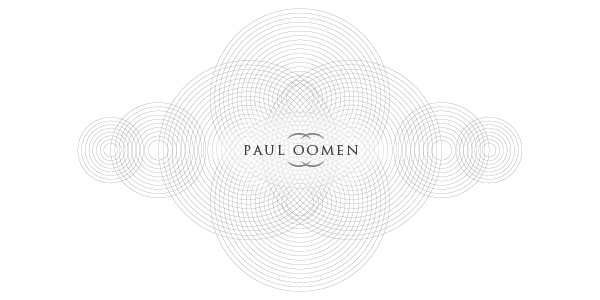As long as I
remember, space has always been a main source of inspiration and a model for my
compositions. Space concerns with
both the tactile sensation of physical presence and the ephemeral awareness of
atmosphere. Space also concerns with social organization, human behaviour and
interaction. Imagining sounds spatially guides my
musical choices. It provides me with a dramaturgy for the appearance of sounds
in a musical discourse. How sounds changes in time equals to how I imagine them
moving in space.
In my earlier
works, still within the borders of ‘regular’ composed music for instruments and
ensembles, my imagination of space mainly expressed by means of contrasting
dynamics in the music. When sounds decrease in intensity they suggest a
movement away, when loudness intensifies they are suggested to come closer. A
rather simplistic approach, that nevertheless taugth me some essential
awareness about spatiality. The need to make the listener really feel a sound
piercing through ones head urged me to go into extremes with dynamics. To
sharpen musical contrasts as much as possible increases the listeners awareness
of suggested depths in spatial distances.
In my opera
‘Kane’, one soprano evokes a multitude of voices by performing sharp cut vocal
fragments with contrasting intensities and speeds. As one line is whispered and
the next word screamed, as one phrase gains intensity and the other fades away,
the polarities of the voice unfold spatial distances. Yet at the same time they
embody the presence of different dramatic expressions. Distinct patterns of
behaviour equal specific spatial forms, as retreating is backwards, attacking
is forward, being close allows intimacy, taking distance suggests leaving,
swaying left to right is indecisive.
In this case
spatial experiences are mere scripts that lead to musical gesture and form.
Later I became more and more interested in the real thing. Not representing
space but the actuality of space surrounding performer and listener.
In my work from
2006 on I have turned towards an experience-based site-specific art that takes
place in the outside world, instead of the safe inside of the concert hall. The
environment of a musical performance, whether in nature, urban surrounding or
cyberspace, becomes itself the main subject of musical composition. Not an idea
of space represented by sound, but the actual physical presence of the
listeners and sounds in space is what is musically explored.
My opera
‘Water’ was situated in many different spaces of the sewage plant in the neighborhood Ondiep in Utrecht. With the composition of this opera I wanted to
acknowledge first of all the magnificent presence of noises and tones in the
industrial spaces, resulting from machines running and water flowing. With my
music I extended these sounds and amplified them. By adding instrumental and
electronic sounds I attempted to make the listener more aware of the physical
proportions of the extraordinary spaces and focus attention to details inside
the spaces that would otherwise stay unnoticed. I wanted to express atmospheres
and emphasize the mood of each individual space more articulated.
In my opera
‘These Fragments I have shored against my ruins’ space became not only a
sounding subject of the work, but also a place for human interaction. The
audience, confronted with the intimacy and seduction of touch by the singers,
is triggered to start moving, either attracked by or apprehensive for the
physical encounter with the performers. By inducing movement of the listener,
the musical space is constantly explored from different perspectives.
With the
development of 4D Sound, and parallel to this the opera ‘Nikola’ inspired on
the life, work and thought of Nikola Tesla, my spatial exploration have once
again evolved to a next level. Now, the actuality of the space performers and
listeners are in transcends to an illusionary level. The actual space is
replaced with or interfered by the lifelike experience of transforming virtual
spaces.

No comments:
Post a Comment